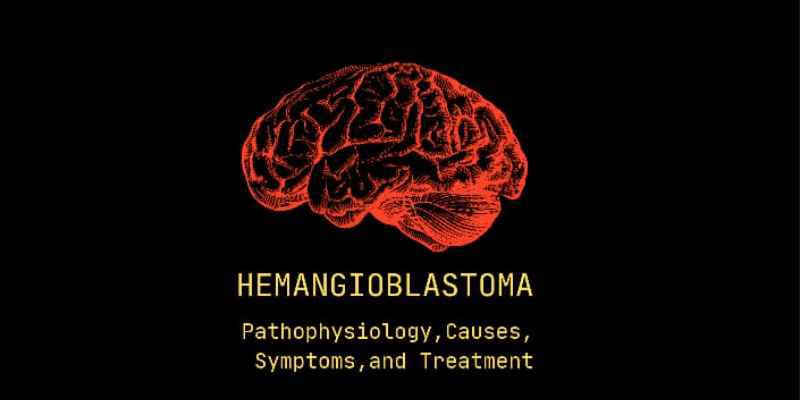Advertisement
Are you having consistent symptoms of allergies that do not appear to get better with standard treatment? You may be experiencing a leukotriene-mediated allergy. These less common allergic reactions include frustrating symptoms, such as chronic nasal congestion and skin rashes.

Leukotriene allergies are a highly complex and often misconceived entity involving how the immune system responds to certain stimuli. Understanding the nature of these allergies requires knowledge regarding the function of leukotrienes in the body and how they contribute to allergic reactions.
Leukotrienes are inflammatory mediators produced by most cells in your body, such as mast cells and eosinophils. These are potent molecules sometimes involved in your body's defense against infection. However, their overproduction or inappropriate release causes many of the symptoms associated with allergic diseases and asthma.
In individuals with leukotriene allergies, exposure to specific allergens leads to an overproduction of leukotriene chemicals. This can trigger an inflammatory reaction that can promote:
These may manifest as symptoms such as wheezing, cough, and congestion commonly seen in allergic reactions. However, leukotriene-mediated allergic reactions often tend to present with more persistent and severe symptoms than other allergic reactions.
What is unique to leukotriene allergy is its ability to induce long-lasting and heavy inflammatory reactions. While histamine-mediated allergies have symptoms that are usually immediate but short-lived, leukotriene-induced inflammation can persist for hours or even days. This is what makes leukotriene allergies challenging to deal with, and they often need treatment that is specifically targeted at them.
Leukotriene allergy can have many manifestations and is mostly multisystemic. Thus, recognizing these symptoms is necessary for early detection and proper management. The following are the common leukotriene-mediated allergic reaction signs.
Leukotriene allergies quite often affect the respiratory system. You may have:
These symptoms may be aggravated in individuals with asthma since leukotriene allergies significantly manifest as airway inflammation and constriction.
Leukotriene allergy can also affect your skin, with manifestations that include:
Leukotriene allergy manifestations related to your nose and eyes include:
These symptoms can be exceptionally bothersome during allergy seasons or upon exposure to specific triggers.
In some cases, leukotriene allergies can cause systemic symptoms, including:

Diagnosis of leukotriene allergy involves an integrated approach incorporating clinical assessment, patient history, and specialized testing. Your doctor will utilize multiple diagnostic modalities to determine the specific cause of your symptoms.
Your doctor will perform a thorough physical exam and take a comprehensive history. They will ask about your symptoms, how often you experience them, and if you think some things may trigger an attack. This baseline information is helpful for further investigation and may point out a pattern suggestive of leukotriene-mediated allergy.
To diagnose a leukotriene allergy, your doctor may order the following tests:
In such instances, your allergist may recommend one or more provocation tests. These controlled exposures to the suspected allergens can pinpoint the exact culprit responsible for your reactions and their severity. Since severe allergic reactions can occur, such tests are conducted under close medical supervision.
It is necessary to rule out other diseases that may have similar symptoms. Your healthcare provider must consider other possible diagnoses, including asthma, chronic sinusitis, and other inflammatory conditions, to ensure appropriate treatment.
Several effective treatments exist for the management of leukotriene allergies. These treatments aim to reduce symptoms and improve quality of life so that allergic reactions are avoided.
The leukotriene receptor antagonists are among the most important drugs for treating leukotriene allergy. Leukotrienes cause inflammation and are prepared by the body's immune system. Currently, the most well-known LTRAs are:
These drugs are given orally and can alleviate symptoms of nasal congestion, wheezing, and shortness of breath.
Anti-inflammatory drugs such as corticosteroids can effectively reduce allergic reactions. Corticosteroids may come in the form of
For some individuals, a combination of treatments may yield the best results. Your allergist might recommend using an LTRA alongside a corticosteroid or antihistamine to provide comprehensive symptom relief. This approach can be particularly beneficial for those with severe or persistent allergies.
In cases where avoidance of triggers and medication is ineffective, allergen immunotherapy may be indicated. This treatment lasts longer and exposes your body to increased allergens over time. Subcutaneous injections, such as allergy shots and sublingual tablets or drops, can give immunotherapy.
In conclusion, understanding leukotriene allergies and their symptoms is crucial for effective management and treatment. You can develop a comprehensive treatment plan by recognizing the signs, seeking a proper diagnosis, and working with your healthcare provider. This may include medications like leukotriene modifiers, lifestyle changes, and allergen avoidance strategies.
Advertisement

By Mason Garvey/Mar 16, 2025

By Georgia Vincent/Dec 28, 2024

By Korin Kashtan/Nov 13, 2024

By Maurice Oliver/Nov 14, 2024

By Georgia Vincent/Nov 21, 2024

By Sean William/Mar 01, 2025

By Juliana Daniel/Mar 01, 2025

By Georgia Vincent/Dec 28, 2024

By Sid Leonard/Mar 17, 2025

By Vicky Louisa/Dec 28, 2024

By Triston Martin/Dec 28, 2024

By Sean William/Mar 01, 2025